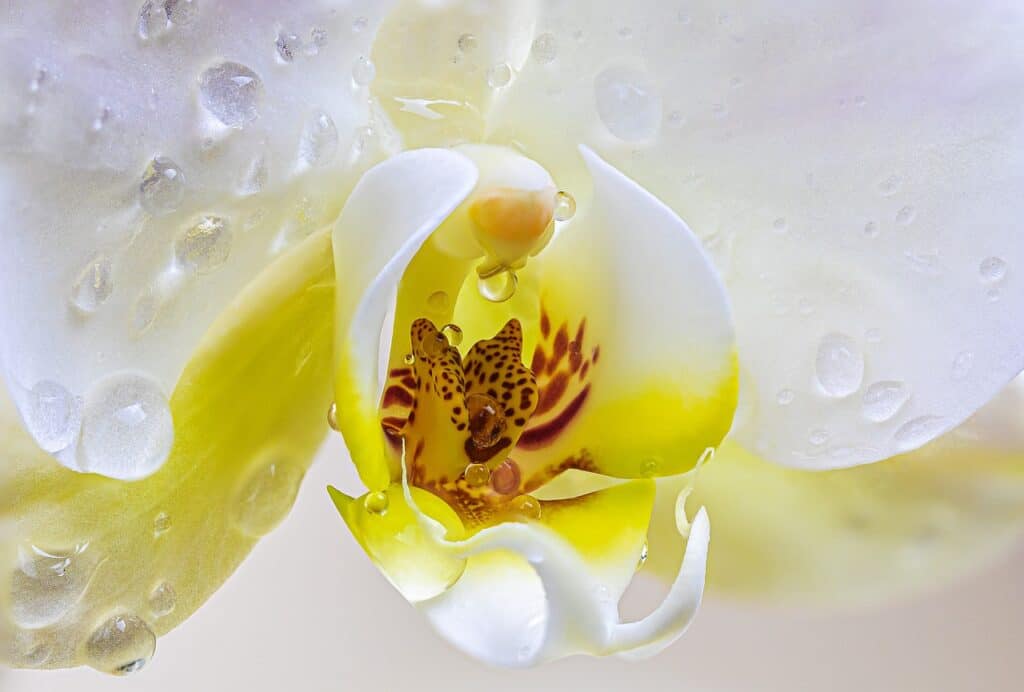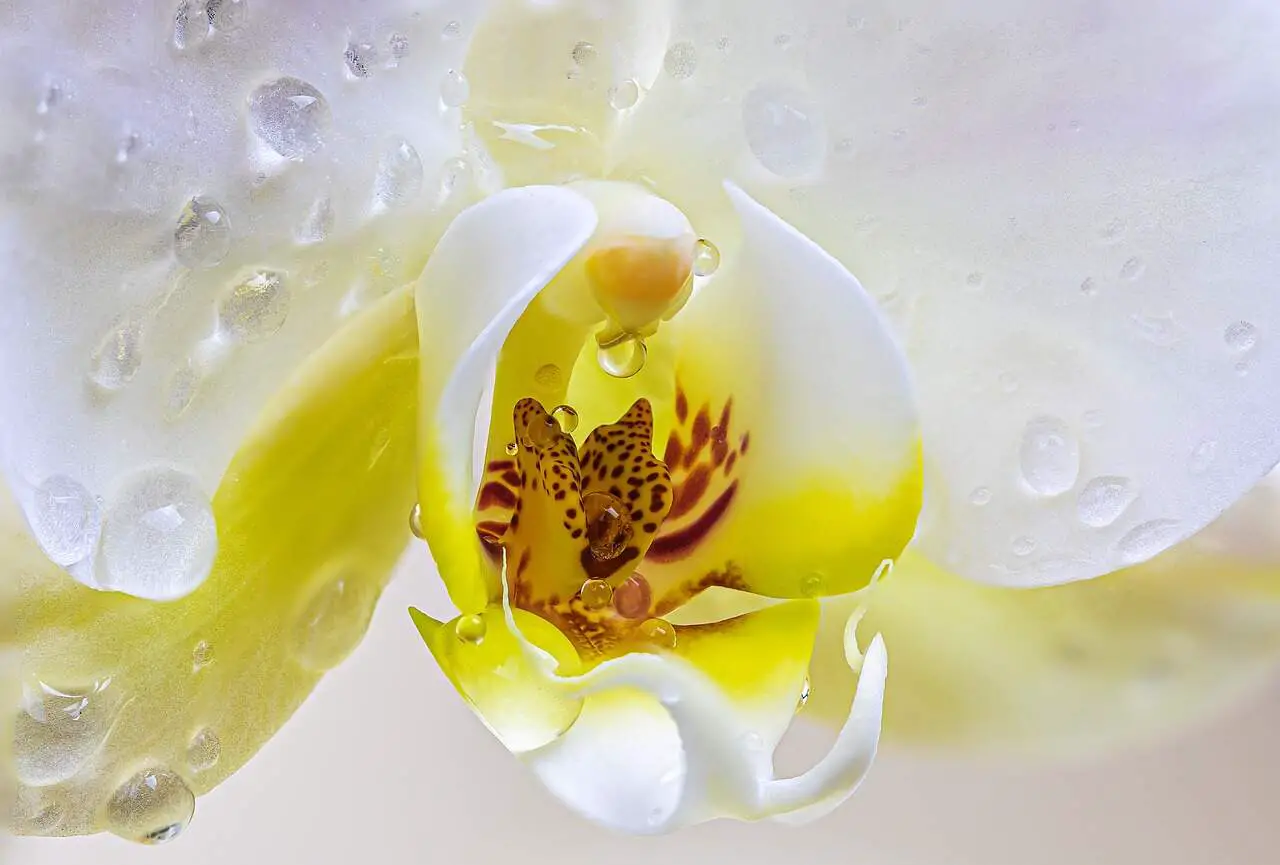Orchids are known for their exotic and delicate beauty, making them one of the most popular flowering plants in the world. However, despite their stunning appearance, many orchid owners struggle with getting their plants to bloom consistently. It can be especially frustrating when you see the flowers falling off your orchid. But fear not! In this blog post, we’ll provide you with some valuable insights and tips to keep your orchid blooming even when the flowers fall off.

Why Do Orchid Flowers Fall Off
Before we jump into the reasons why orchid flowers may fall off, it’s important to understand the blooming cycle of orchids. Orchids typically go through three stages in their life cycle: vegetative growth, blooming, and dormancy.
During the vegetative growth phase, which can last several months, the orchid will focus on developing its roots, leaves, and stems. The blooming phase typically follows and can last anywhere from a few days to a few months, depending on the species of orchid. This is when you’ll see the beautiful flowers bloom. Lastly, the orchid will enter the dormancy phase, where it will conserve energy and focus on replenishing its resources.
Reasons Why Orchid Flowers Fall Off
There are several reasons why orchid flowers may fall off. Some common reasons include:
1. Aging Flowers: As with any plant, orchid flowers may naturally age and eventually wilt and fall off.
2. Environmental Stress: Orchids may experience stress due to poor environmental conditions such as temperature fluctuations, overcrowding, or lack of light or water.
3. Inadequate Nutrition: Orchids require specific nutrients to bloom properly. If they do not receive adequate nutrition, the flowers may fall off prematurely.
4. Pests and Diseases: Pests or diseases such as spider mites, mealybugs, or fungal infections may cause damage to the orchid buds or blooms, leading them to fall off.
5. Improper Handling: Orchid flowers are delicate and easily damaged. If they are handled roughly or bumped, they may fall off.
Tips for Keeping Your Orchid Healthy
One of the keys to keeping an orchid healthy is providing it with the proper lighting and temperature conditions. Most orchids prefer bright, indirect light, so placing your orchid in a well-lit room with filtered light is ideal. Avoid placing your orchid in direct sunlight, as it can cause the leaves to burn or the flowers to wilt.
Temperature is also a critical factor in orchid health. Most orchids prefer a temperature range between 65-75 degrees Fahrenheit during the day and 55-65 degrees Fahrenheit at night. Keep in mind that some orchids have specific temperature preferences, so it’s important to research the specific species of orchid you own to ensure you’re providing the right temperature conditions.
Watering and Fertilizing Techniques
Orchids require specific watering and fertilizing techniques to stay healthy and bloom properly.
Watering: Overwatering is a common mistake many orchid owners make. Orchids need to be watered regularly but not excessively. A good rule of thumb is to water your orchid once a week or when the potting mix feels dry to the touch. It’s also essential to ensure that the pot has proper drainage to prevent the roots from becoming waterlogged.
Fertilizing: Orchids require specific nutrients to bloom properly. Fertilizers designed specifically for orchids are readily available and will contain the necessary nutrients such as nitrogen (N), phosphorus (P), and potassium (K). A general rule is to fertilize your orchid once a month during the growing season (spring and summer) and reduce the frequency in the dormant season (fall and winter).

Orchid Repotting Guide
Orchids need to be repotted every 1-2 years to ensure healthy growth and bloom. Signs that it may be time to repot your orchid include:
1. The roots have grown out of the pot or are visible on the surface of the soil.
2. The potting mix has become decomposed or broken down.
3. The orchid has not bloomed for a year or more.
Step-by-Step Instructions for Repotting an Orchid
Repotting an orchid is a simple process that can be done at home. Here is a step-by-step guide to repotting your orchid:
1. Remove the orchid from its current pot and gently remove any dead or damaged roots.
2. Take a new pot and fill it with fresh potting mix. Orchids require potting mix with a high level of drainage and aeration, such as a mixture of bark, moss, and perlite.
3. Place the orchid in the new pot and gently firm the potting mix around the roots.
4. Water the orchid thoroughly and allow it to drain before returning it to its usual location.
Conclusion
In conclusion, while it can be discouraging to see your orchid’s beautiful flowers fall off, there are steps you can take to keep your plant healthy and blooming. Providing your orchid with the proper lighting and temperature conditions, watering and fertilizing appropriately, and repotting as necessary are all critical steps in keeping your orchid healthy and blooming. With some patience and care, you can enjoy the beauty of your orchid’s blooms for years to come.

